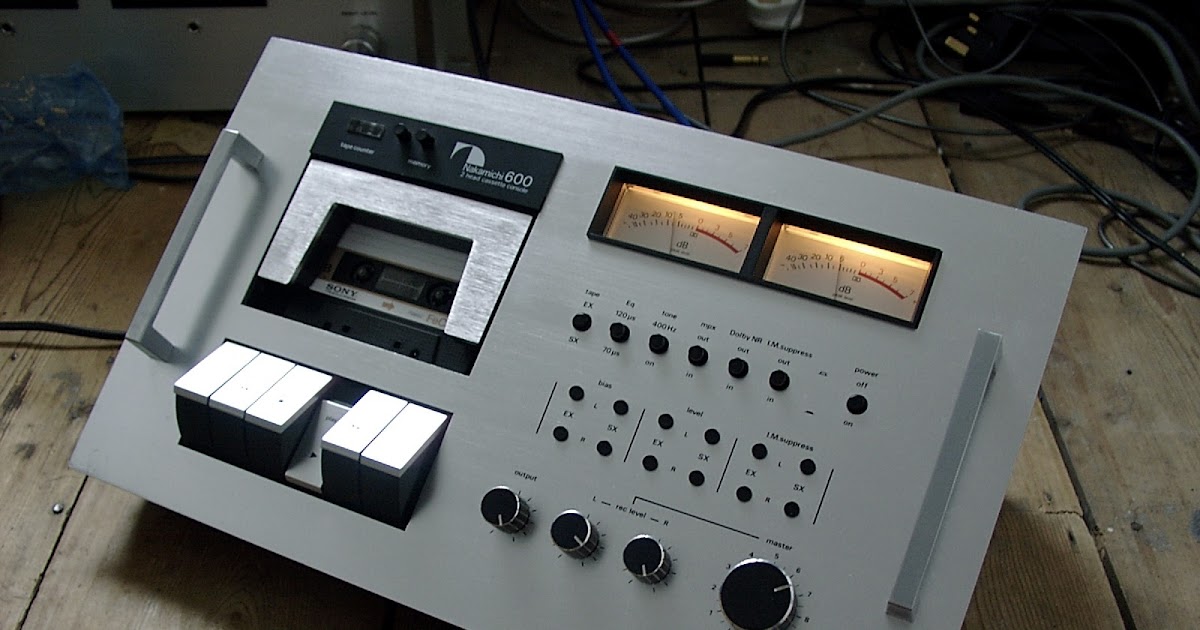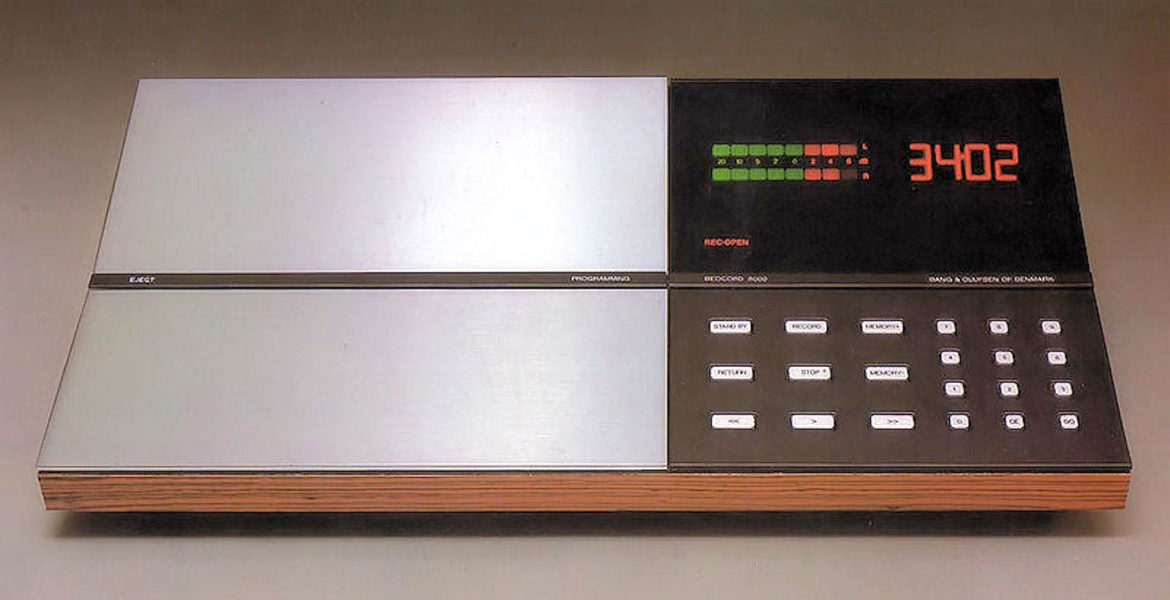Although no cassette deck has ever been compared to an oil painting, early specimens of the genre were particularly unappealing. Top-loaders from the 1970s were fiddly and unwieldy to operate, with controls strewn about indiscriminately, whilst front-loaders appeared bold and threatening. Forget about the physics of the machines. They were crude and clumsy, confirming cassette’s image as the poor relation of open reel.
Yamaha changed all of that in 1974 when they created a machine that matched the Compact Cassette’s strengths of ease, compactness, and versatility with the sound quality of a near-open reel. Previously, you had to select between the two. They hired Mario Bellini, who was responsible for some of the most stunning examples of Italian industrial design both as a freelancer and with the Olivetti typewriter company.
The result was the magnificent TC-800GL, dubbed the ‘ski-slope’ due to its dramatically tilted wedge profile – a style that was very much considered ‘edge-design’ in the 1970s. The Yamaha, like Bertone’s Fiat X1/9, Harris Mann’s Triumph TR7, and Guigaro’s Lotus Esprit S1, appeared futuristic in comparison to its drab, gawky competition.
But the ‘800 wasn’t simply a flashy outfit disguising a drab cassette deck; everything about it, from the peak level meters to the power switch, was designed for optimum efficiency and ease of use. Bellini used a robust, durable plastic covered in beautifully applied dark charcoal neoprene instead of the then-popular imitation wood for the case. The coating, which felt almost like suede to the touch, immediately endeared itself to the user, making the deck feel less ‘machine-like.’
In an era before cassette decks had solenoid operation, the transport’s lightly pressed piano key controls were exceedingly smooth, and its array of sliders for line and mic inputs, playback volume, and pitch were simple to use. Despite its austere appearance, the deck was packed with (at the time) uncommon features to make operation easier, such as automated tape changeover, timed recording, memory stop, and excellent meters with green and red LED peak indications to aid recording.
All phono socketry was hidden beneath the deck, making it easier to hide unsightly wires, and the deck was supported by an inbuilt hinged stand that allowed for top loading or angled operation, making it easy to reach from any angle. A battery compartment was under the stand, making the deck portable for location recordings, and a 12V DC input existed to the side if the user wanted to power it from a car battery. With a variety of distinctive features and a beautiful, useful face, the package was motivating.
Competitors used the tired excuse that “things that look nice don’t always sound good,” but the Yamaha’s performance spoke it all. The TC-800GL, which was equipped with a good Permalloy head and a precise servo controlled transport, performed admirably by mid-nineteen-seventies standards. Yamaha claimed a 15kHz at -3dB frequency response with chrome tape, as well as a 0.06 WRMS wow and flutter figure. Even today, a well-preserved specimen can provide dazzling highs, deep bass, and excellent image stability — truly an accomplishment for a four-decade-old design!
The bad news is that these stunning Yamahas are becoming increasingly rare, but they do appear from time to time. Depending on the condition, expect to pay between £100 and £250. Because parts are becoming uncommon, it’s advisable to go for a more expensive pristine example rather than an older nail. Nonetheless, certain key components are still available. It’s best to covet your TC-800, treat it lovingly, and revel in its spectacular good looks — many say that nothing has come close to matching it in terms of style since.






